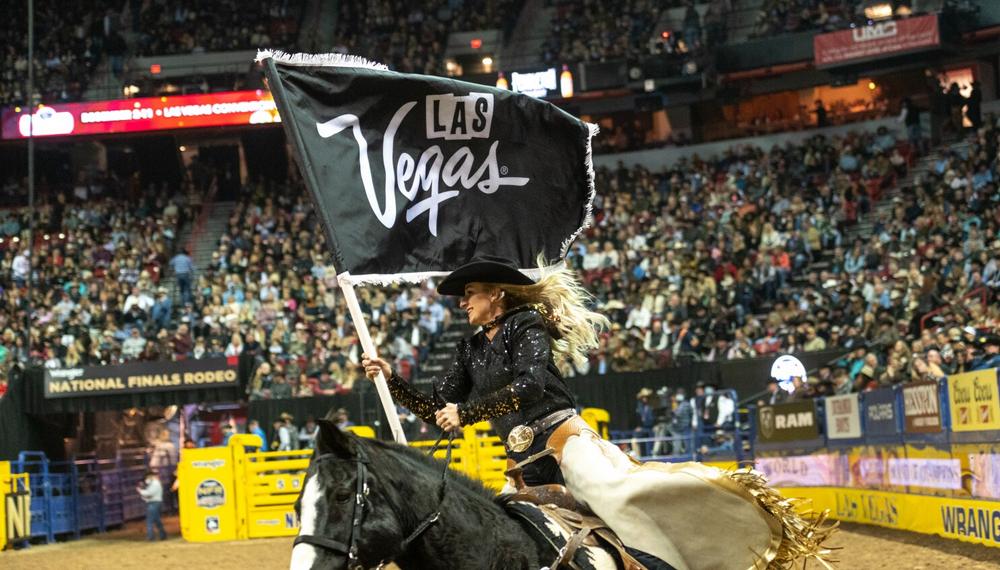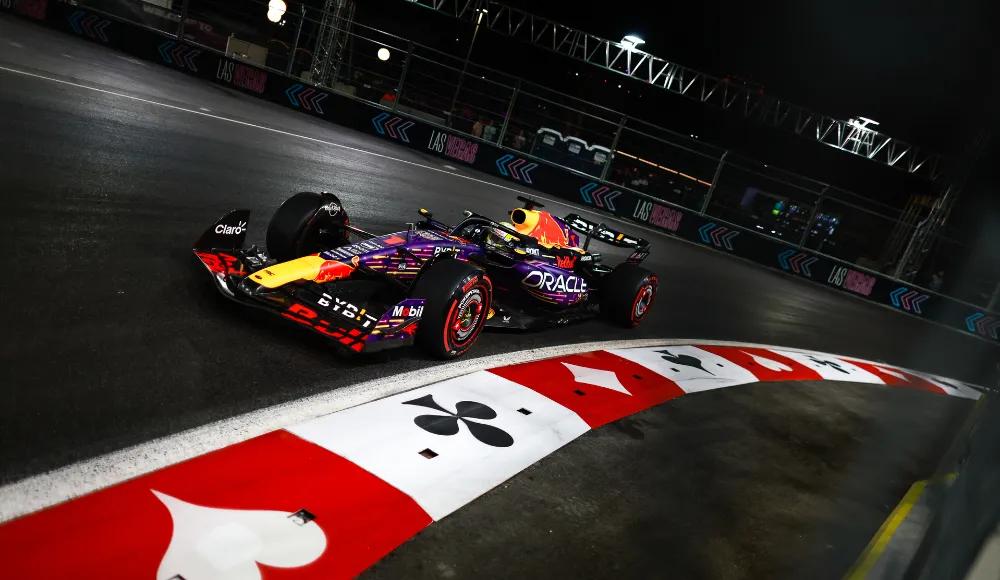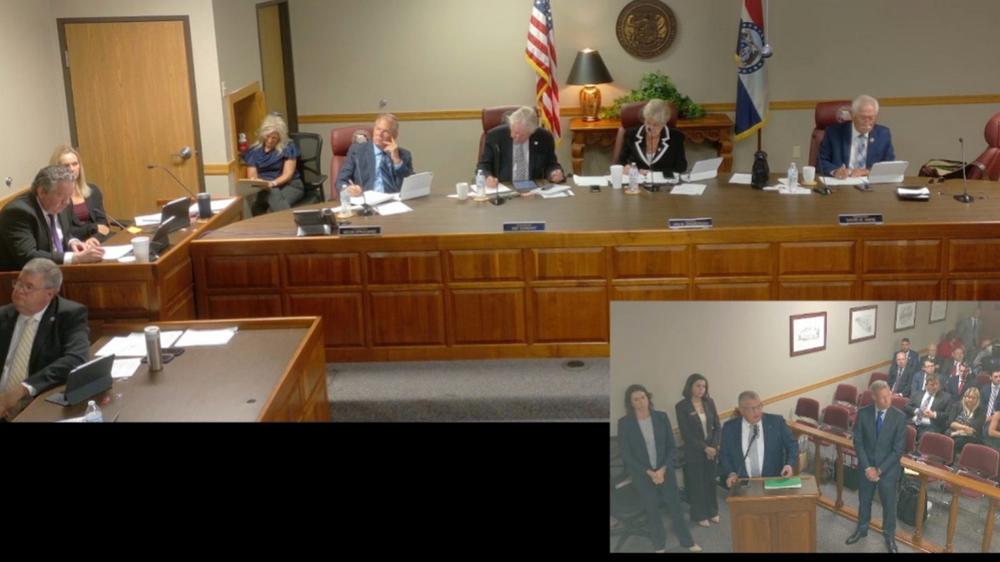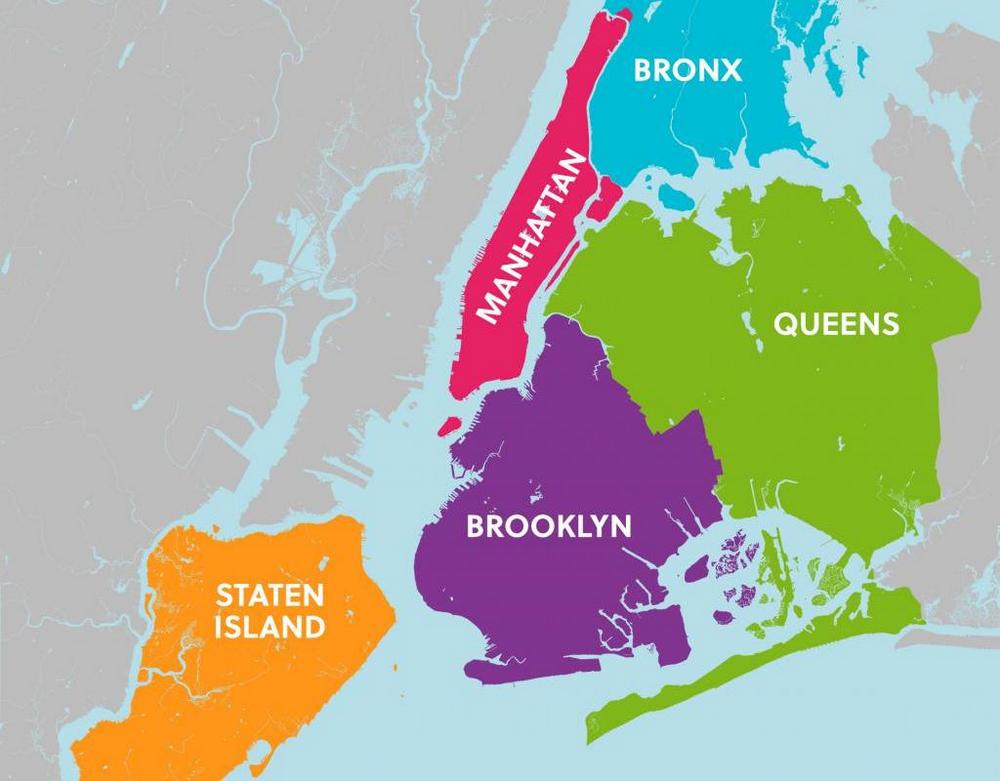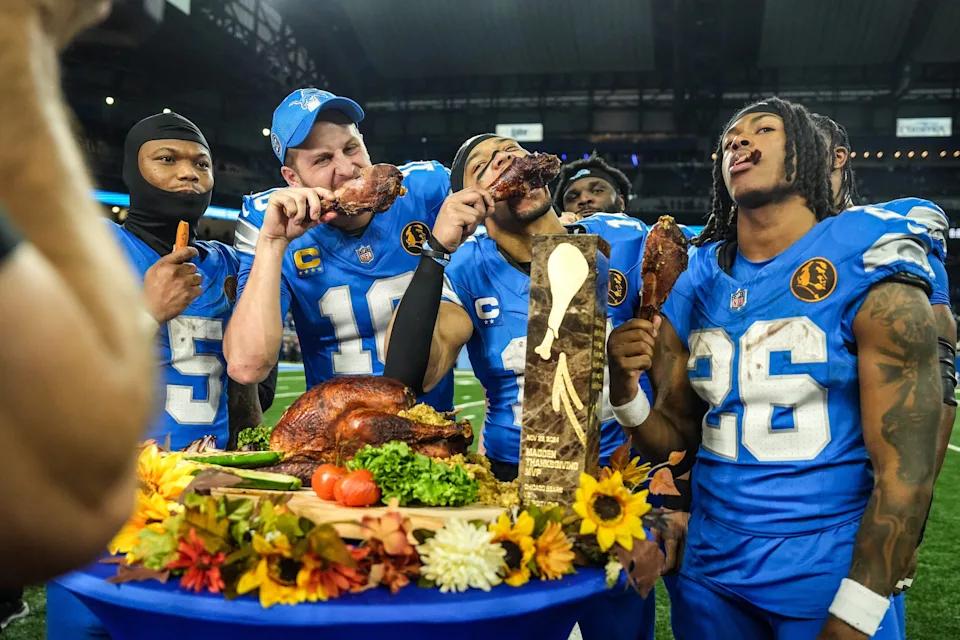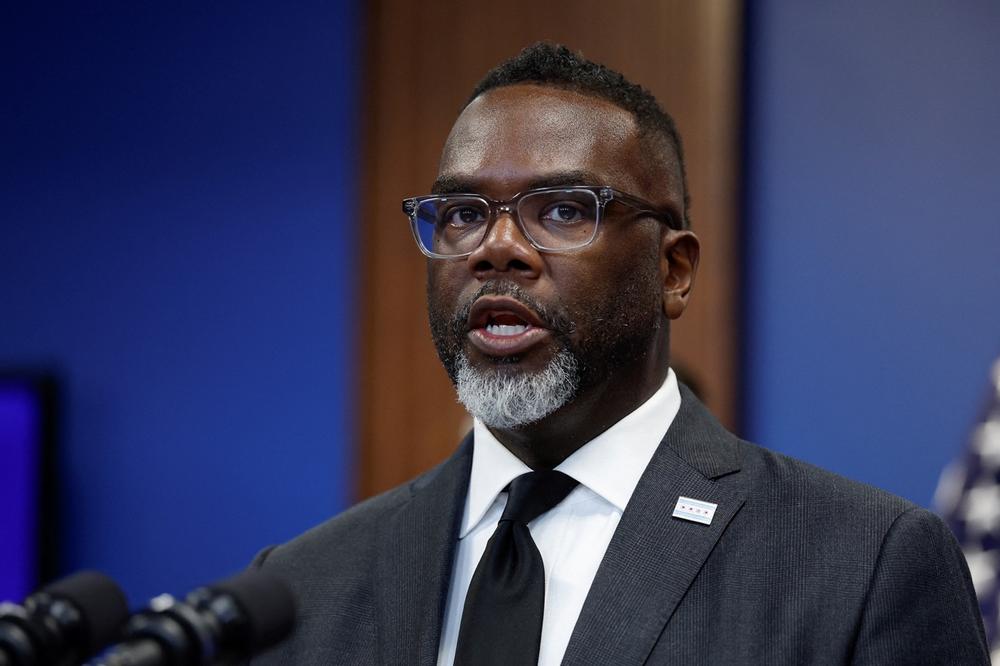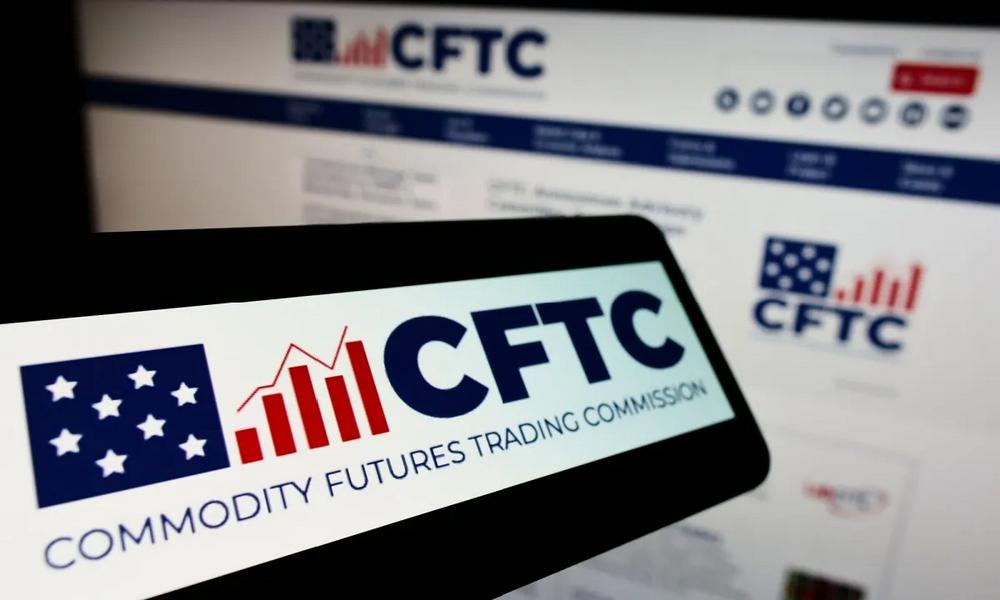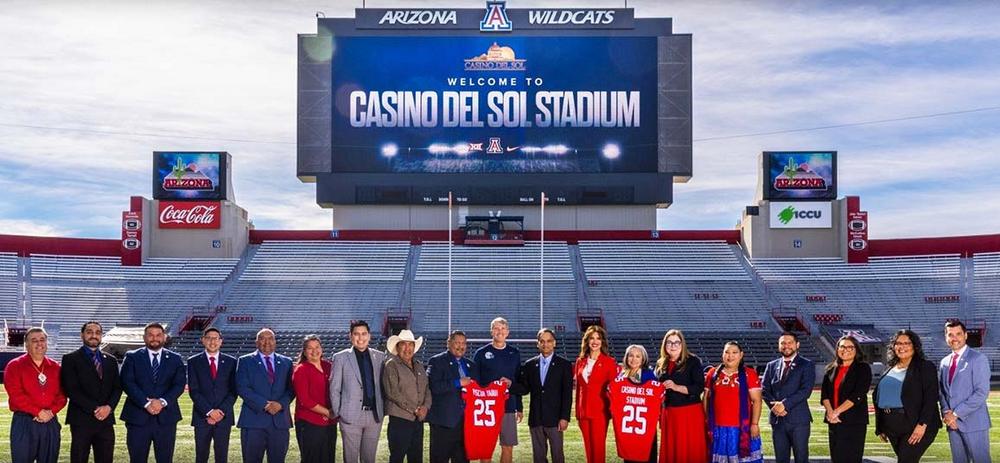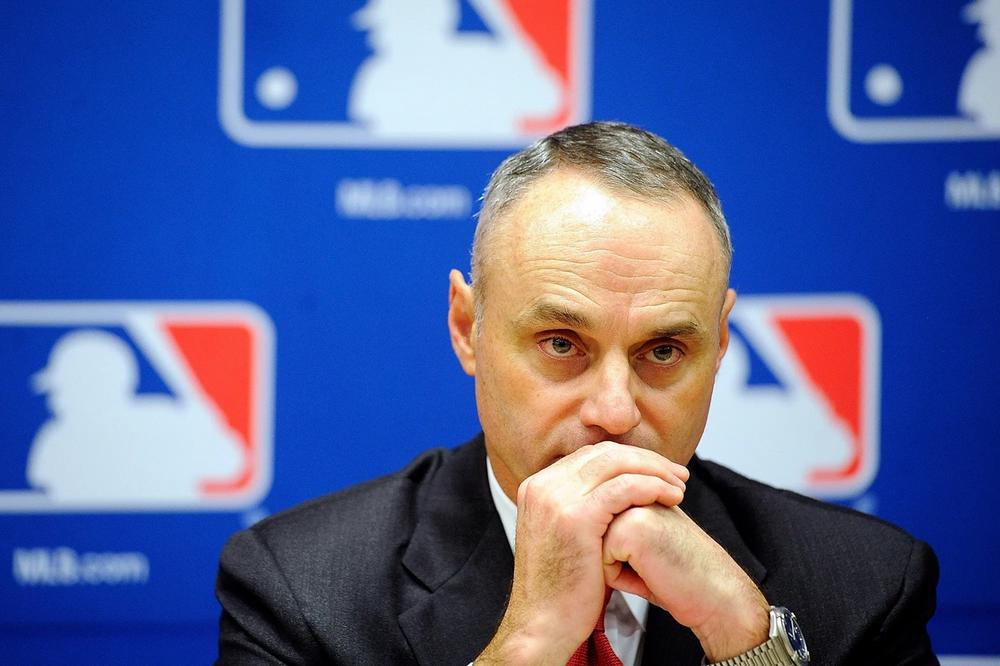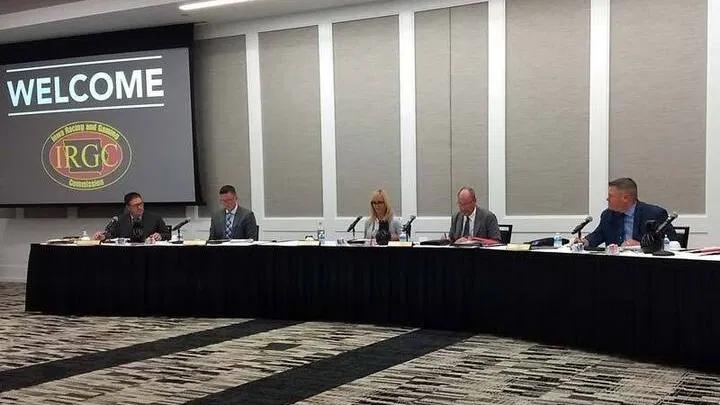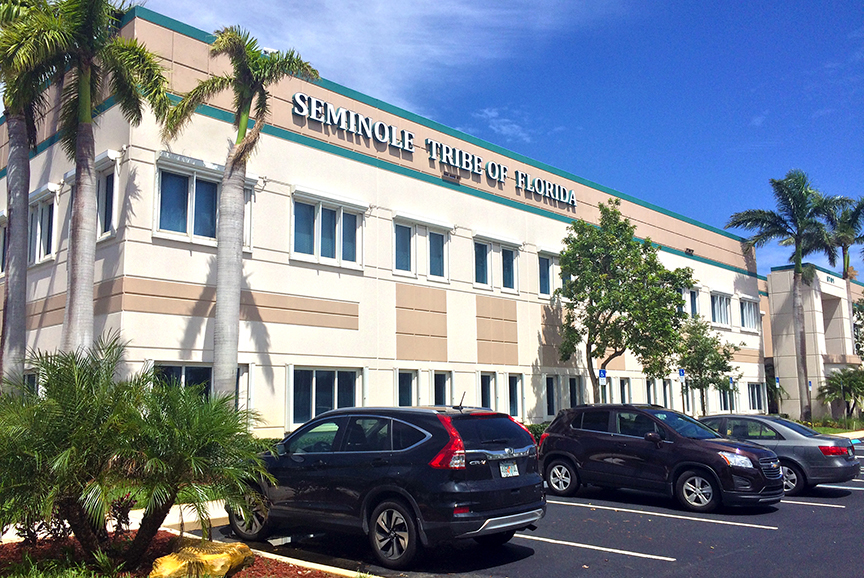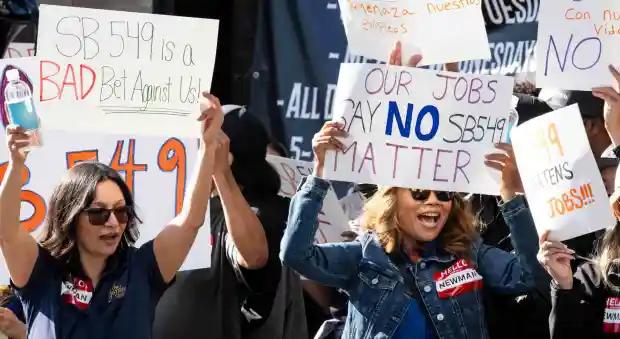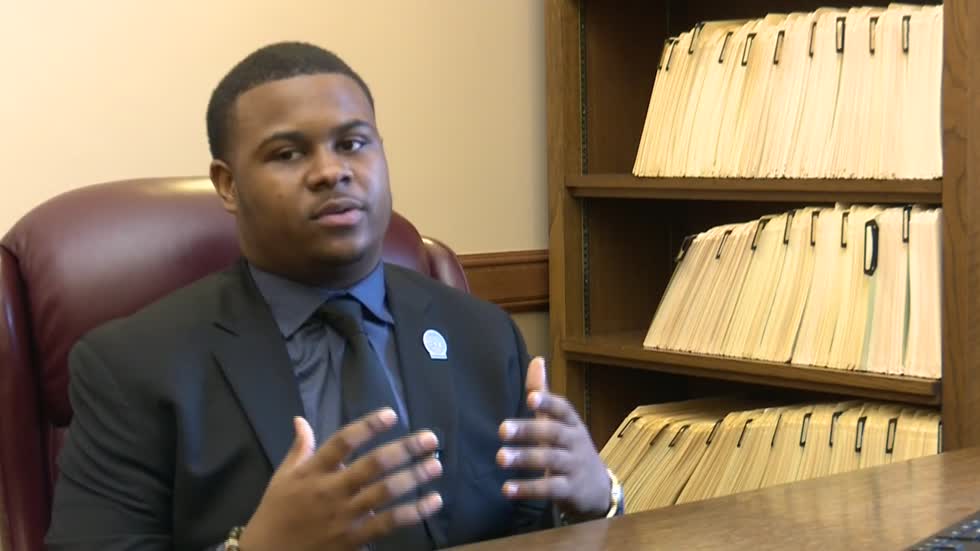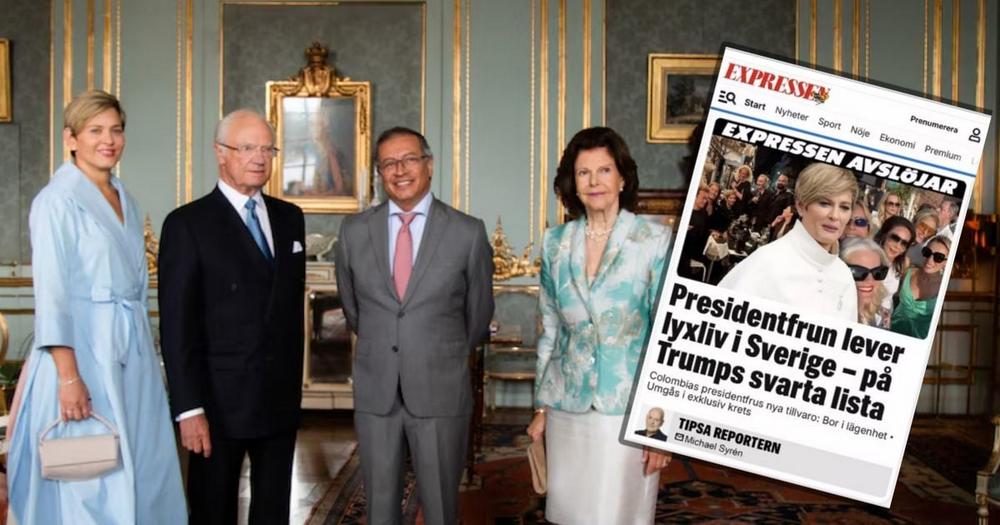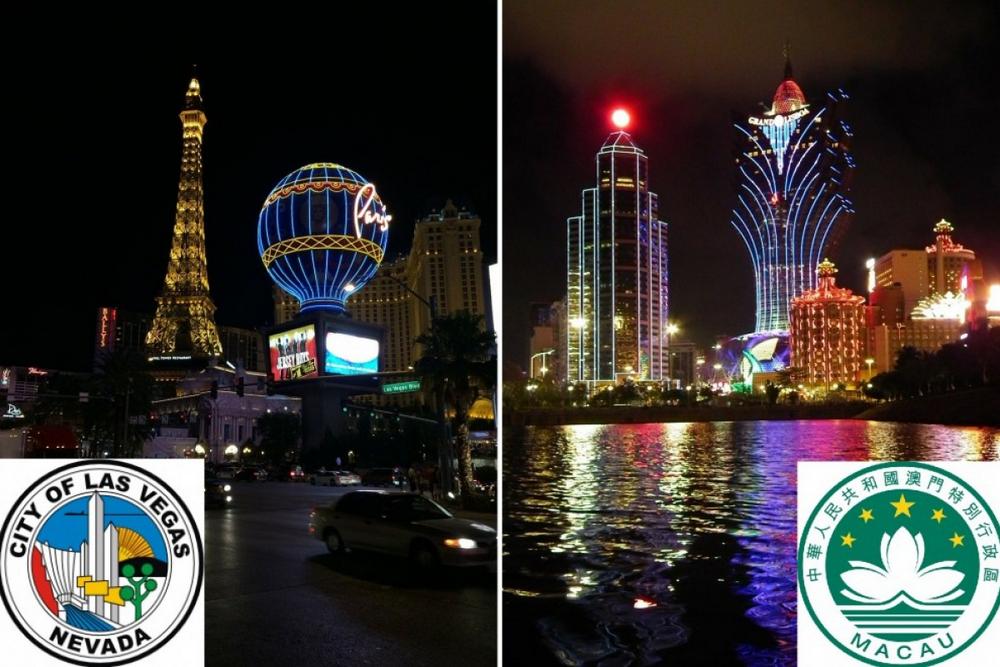New York — In a striking turn of events, tribal influence is looming large in New York State’s casino licensing race, backed by an $8 billion proposal from Hard Rock International and Steve Cohen near Citi Field in Queens. The project, called Metropolitan Park, signals that Indigenous gaming operators may now wield significant power beyond their traditional territories.

The Metropolitan Park plan is front and center in the bottom-state New York licensing contest, where up to three casino licenses are expected to be awarded later this year. Hard Rock’s executive summary highlights the project’s scale: 5,000 slot machines, 375 table games, 30 poker tables and an 18,000-square-foot sportsbook, all within a 286,000-square-foot gaming venue. The submission also projects $33.5 billion in tax revenue over 30 years, assuming slot operator revenues of $3.9 billion in year three.

Indigenous gaming entities — long dominant in regulated U.S. tribal casinos — are now repositioning themselves for mainstream commercial licenses. Industry analysts view the approval tactics of Metropolitan Park as proof that a tribe-backed bidder has a competitive edge: deep pockets, community engagement muscle and regulatory experience.
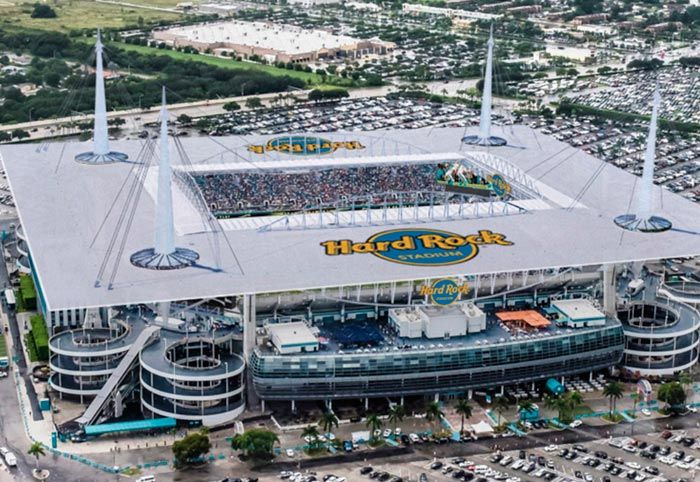
From a strategic standpoint, the Mohawk counsel of Kahnawà:ke, a tribe with a strong casino brand, and other First Nations operators are watching closely. While not formally named in the proposal, their influence on partnerships like Hard Rock’s signals a shift: the legal “Indian gaming model” appears increasingly viable in major urban jurisdictions historically forbidden to commercial gambling.
Operators and licensed cardrooms should note that if the Metropolitan Park bid succeeds, it could trigger a cascade effect in the region: higher license valuations, increased pressure on conventional venues, and rapid mobilization of tribal-commercial joint ventures. Stakeholders might well ask: will this time the tribe score the full house?As the Gaming Facility Location Board prepares its decisions by year’s end, the stakes are clear. For those with a seat at the table, it’s not gamble—it’s strategic positioning.










